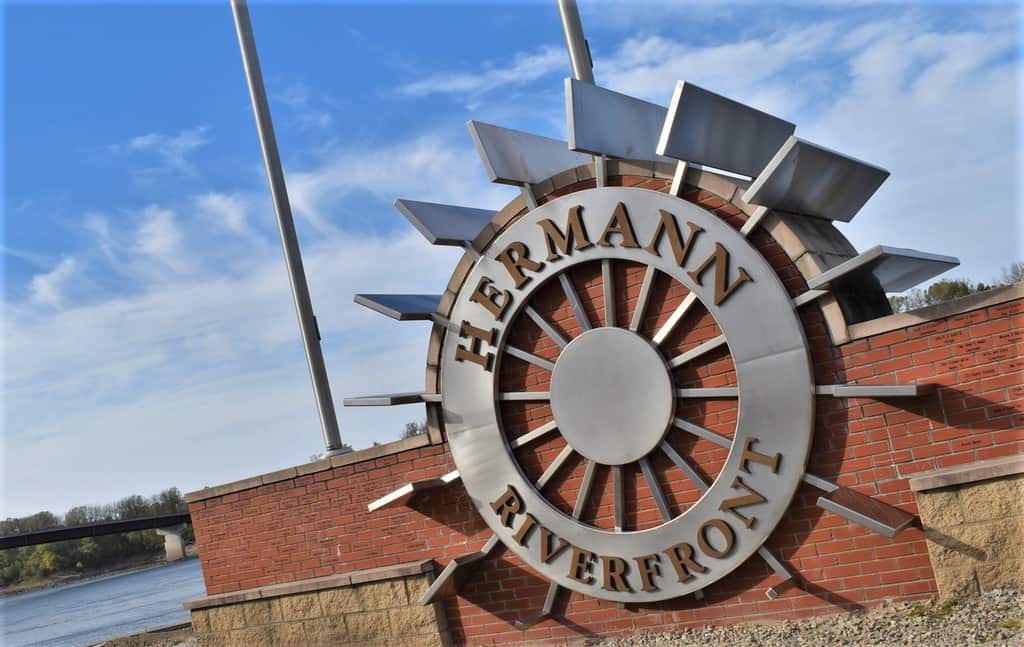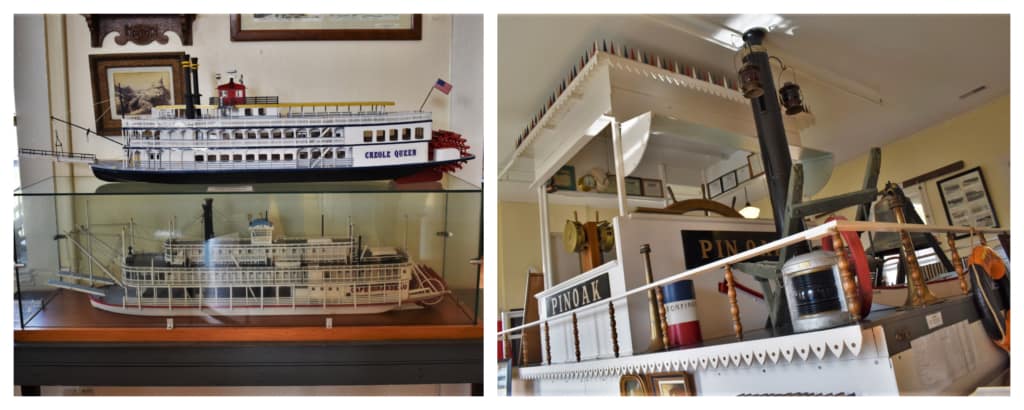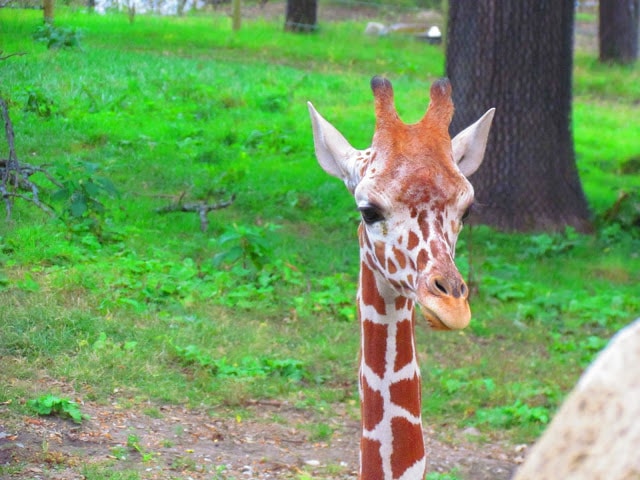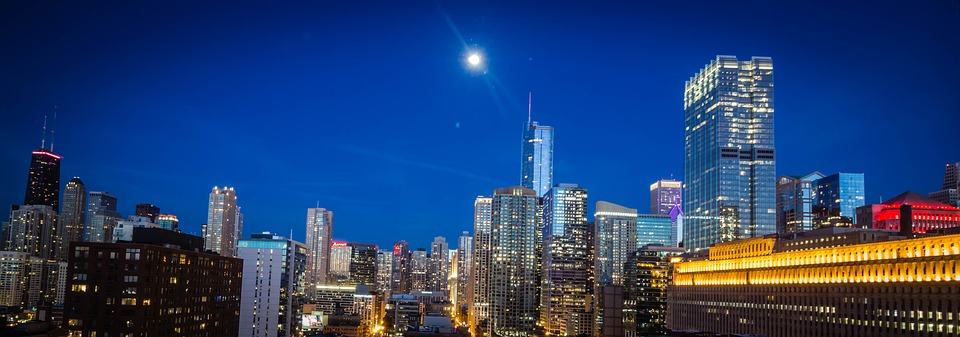In the mid-1800s, much of the land west of the Mississippi River was still untamed. Land agents in the east offered immigrants promises of fertile lands teeming with possibility. Upon arriving in their new locations, the dreams of milk and honey would often sour. Such was the case for a group of German farmers who were sold a patch of land along the Missouri River. Being of hearty stock, they set out to the task of taming the wilderness. Building a life would not be easy, but they faced the challenge by using what they found around them. The Hermann History Museum offers a chance to learn more about the hardy immigrants who first settled the town.
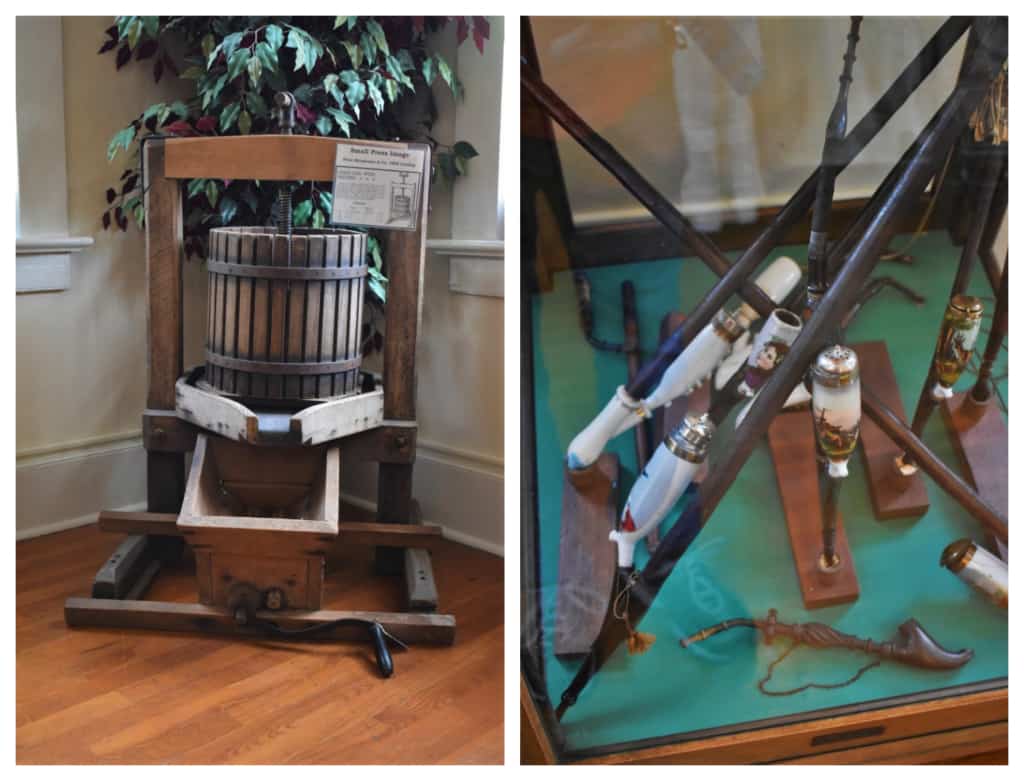
River Highway
Way back in 1837, a company was established to help settle areas in the west. In Philadelphia, the German Settlement Society had a goal to perpetuate the German culture in America. An influx of farmers, artisans, and professionals was assembling in the east and they desired land that they could sculpt as their own. George Frederick Bayer dreamed of finding a location where German immigrants could live in partial isolation in the “far west”. The hope was that they could retain their historic customs and language in this new colony. 11,000 acres of government land was secured and preparations were made for the journey.
Taming the Wilderness
The memories of Germany were still fresh in their minds, as the first seventeen settlers made their way to Gasconade County in the Fall of 1837. Traveling by boat, they made their way to St. Louis, Missouri. Due to an unexpected illness, George Bayer was unable to accompany this first group. Others followed but decided to spend the winter in St. Louis. Those first settlers were expecting to find a land of “milk and honey”, but instead discovered a rugged wilderness. Far from other settlements, they had certainly found the isolation that they had been promised. Disillusionment set in as they began the task of clearing the heavily wooded hills and taming the wilderness.
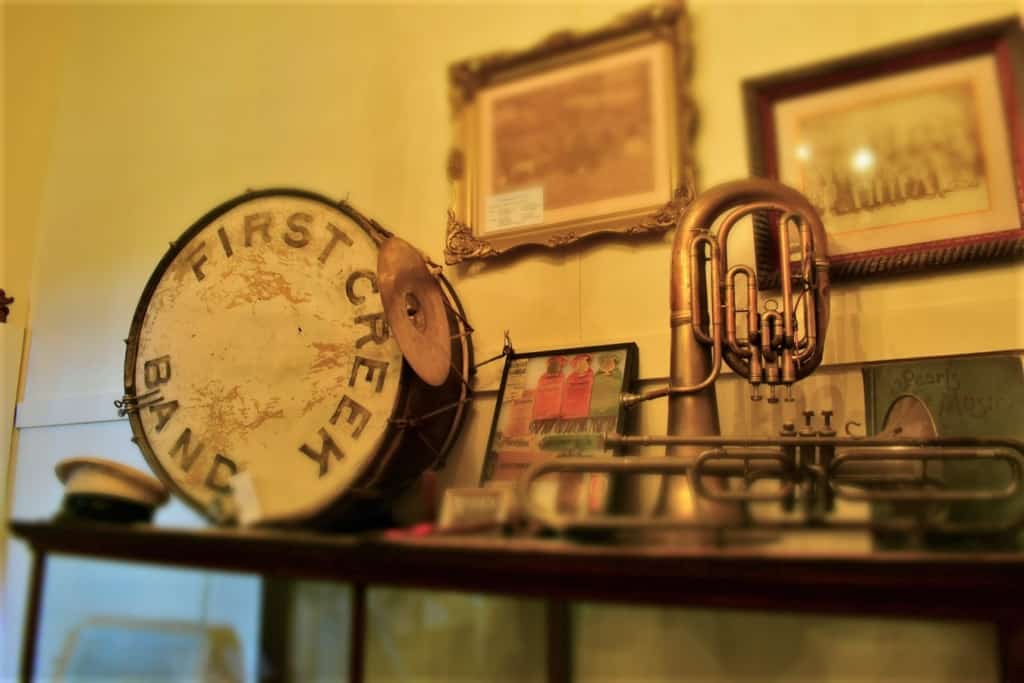
Life’s Diversions
Bayer and his family arrived in the Spring of 1838 and found an upset of settlers. His list of responsibilities ranged from surveying the land to overseeing construction and supply of provisions, among other things. The list may have been far too much for one individual to handle, and letters began pouring into the company office back in Philadelphia. Before long, hundreds more began arriving to aid in the town’s development. Streets were laid out in accordance with plans that had previously been drawn. As they cleared the land, they discovered tangles of wild grapes covering the hillsides.
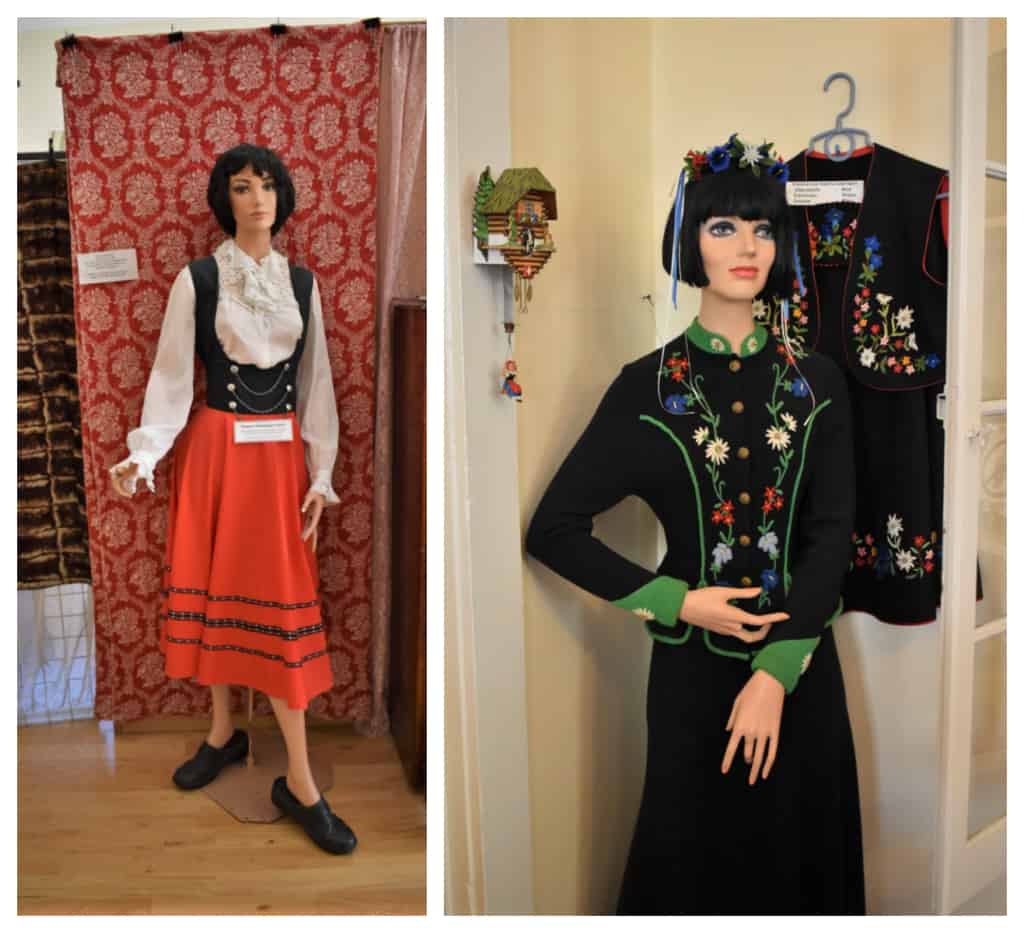
Retaining Their Heritage
Their homeland of Germany has a long-established wine-making history that dates back to ancient Roman times. The rolling hills south of the Missouri River have strange similarities to lands along the Rhine River. Taking their cue from nature, the German immigrants began planting hybrid varieties of grapes. Their task of taming the wilderness was aided by falling back on familiar tasks. The earliest wines were a failure, as far as quality, but they quickly learned from their mistakes. By 1843, wine-making in Hermann was beginning to blossom. The first Weinfest was held in 1848 and has continued to the present and renamed Oktoberfest.
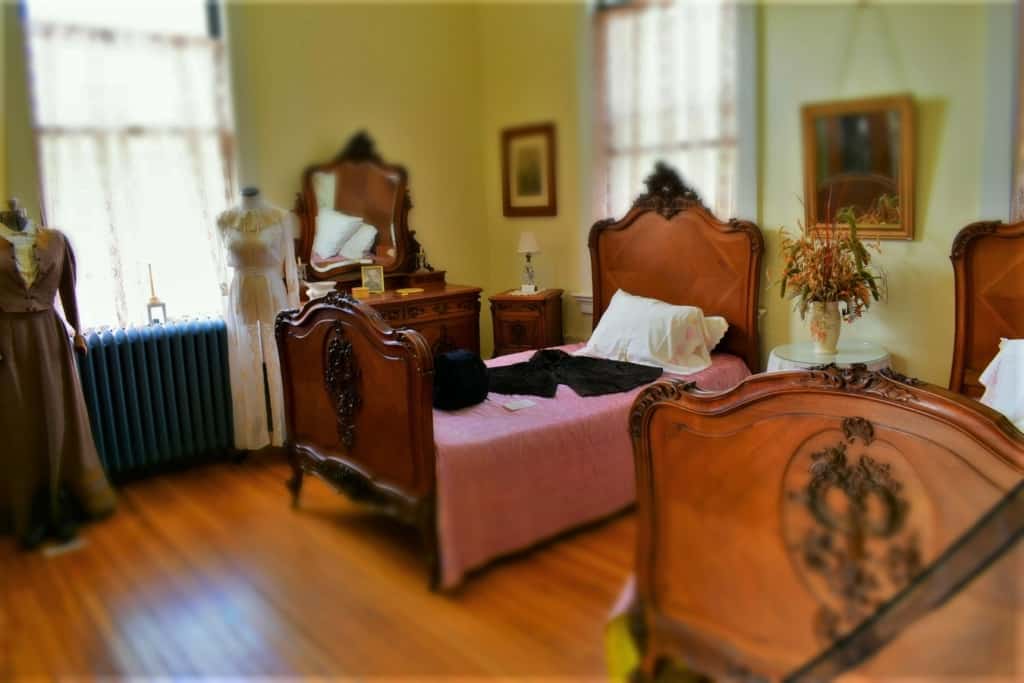
German Heritage
As more immigrants arrived in Hermann, they increased the breadth of wine-making knowledge. By studying the soils, local George Husmann developed hybrid grapes that could handle the hot summers and freezing winters of Missouri. This inventiveness came to the rescue of the France wine-makers during an aphid infestation during the 1860s. Shipping millions of phylloxera-resistant rootstocks to France, they helped their overseas wine-making compatriots. Husmann would later move to California and become one of the founders of the Napa Valley wine industry.
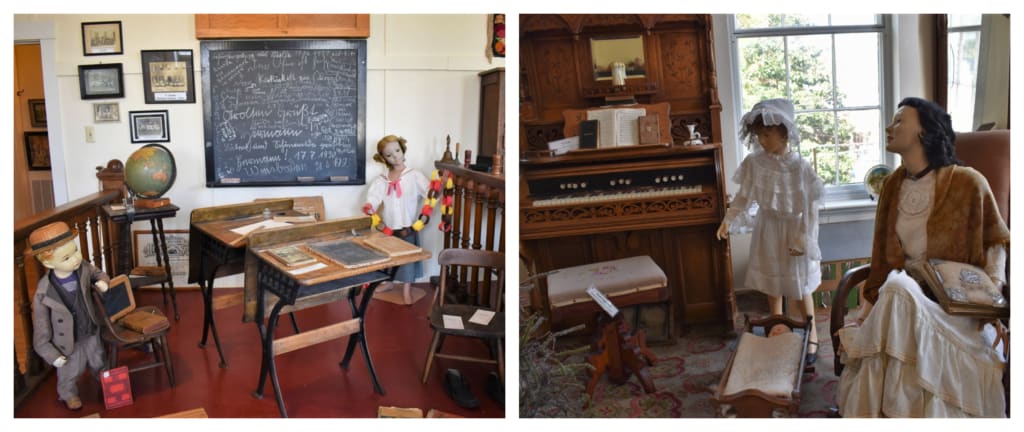
Passing on Tradition
By the end of the 1800s, Hermann had grown to become one of the largest wine-producing regions in the world. As their popularity grew, it became apparent that they could not remain isolated from the rest of the country. Passing along the traditions had included remaining true to the German language, but this would prove to create difficulties when dealing with customers outside of the town. Over time, it became necessary to teach dual languages, as the population began to embrace English. Still, the people of Hermann have held on to many of their traditions.
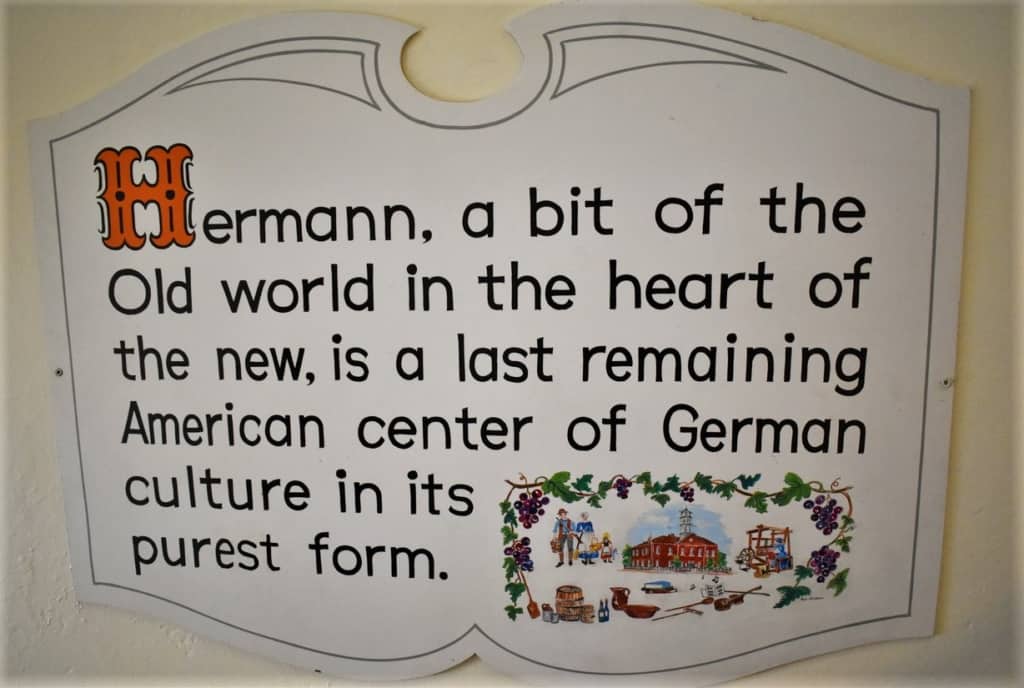
Holding on to the Past
Like many places in America, Hermann was devastated by Prohibition. Not only were hundreds of barrels destroyed, but the grapevines were uprooted to prevent future crops. When you pile on the anti-German sentiment, that came with World War I, it is a wonder that the city survived. Hermann would be pushed into the Great Depression years before the rest of the country. It would be 1965 before wine-making would return to this German town. Breaking back into the market was like taming the wilderness all over again.
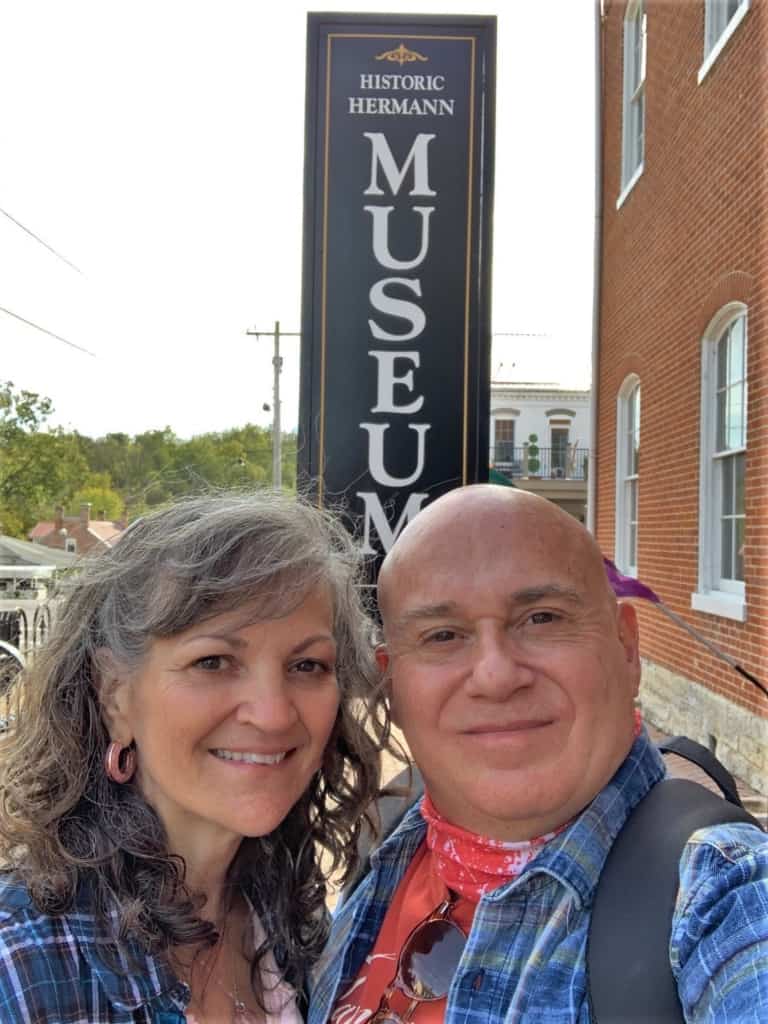
Explore Hermann’s Heritage
Hermann, Missouri has found a way to recapture its magic. These days it intertwines its history with the future. The town is a mixture of boutique shops, antique stores, restaurants, and wineries. While many visitors descend on this hillside town every year, the distinct history of the town escapes those who neglect to investigate in depth. We would highly recommend a stop at the Hermann History Museum to learn more about the unique past and the people who brought it to life. It’s an interesting dive into German culture.


